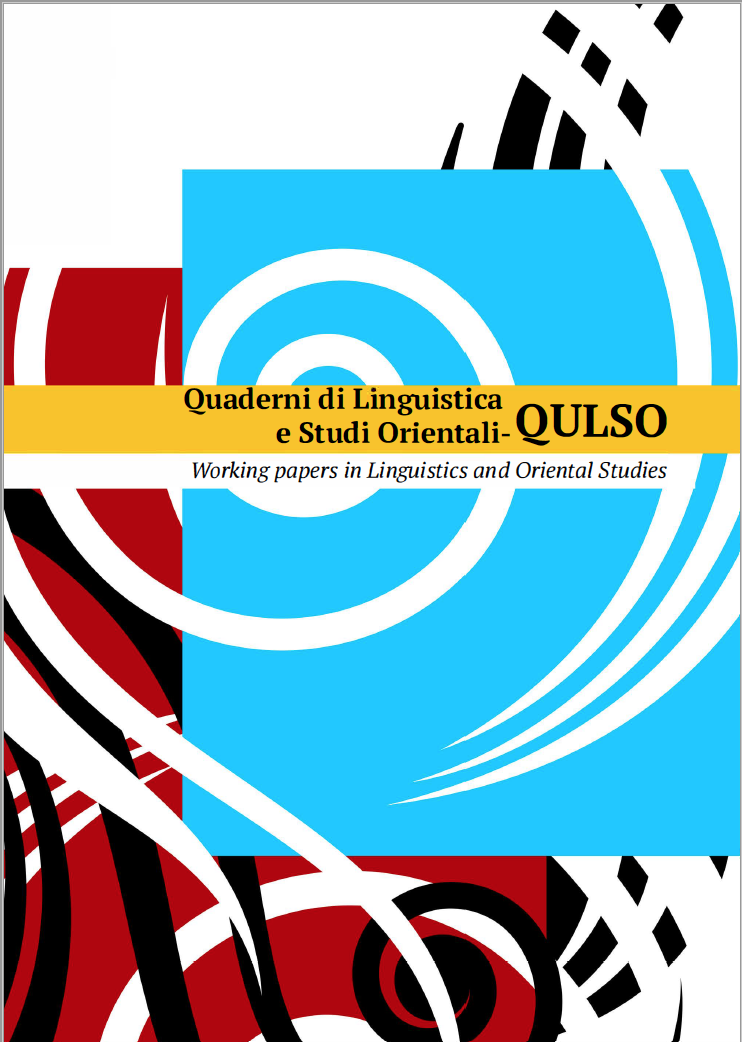Published 2019-08-29
Keywords
- Applicative,
- Causative,
- Oblique,
- Syncretism
How to Cite
Abstract
This paper deals with the applicative-causative syncretism, which is a pattern of morpheme polysemy attested in many different natural languages. We basically interpret the causative-applicative syncretism as based on a shared syntactic configuration. Specifically, we argue that the syncretic morpheme under investigation is the ‘applicative’ counterpart of an adpositional/case elementary relator (Manzini & Franco 2016; Franco & Manzini 2017a), attaching instrumental or benefactive obliques (High Applicatives, cf. Pylkkänen 2002, 2008) to the verbal spine. We follow Bellucci (2017), Manzini & Savoia (2018) in assuming that causees in causative constructions can be introduced as obliques, linked to the same structural position as High Appls. The causative reading of the sentence is driven by interpretive means (cf. Franco & Manzini 2017a). This readily explains the possibility of encoding causative and applicatives with the same lexical items.



